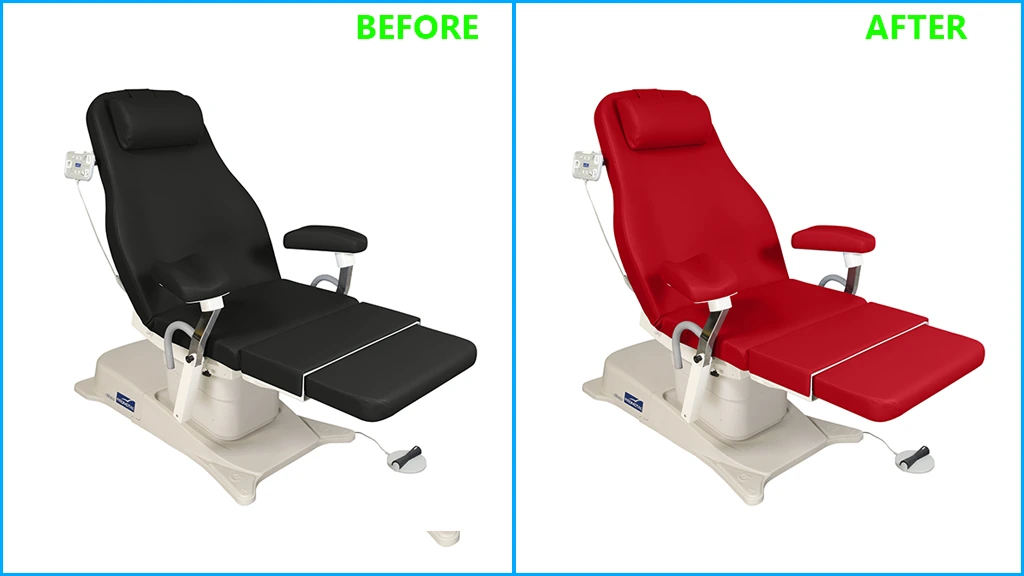
The Art of Color Correction: Transforming Images with Precision
- CutOutaiD
- February 21, 2021
- 8:21 am
- No Comments
Introduction
Color has a profound impact on how we perceive the world around us. In the realm of visual design and photography, the correct portrayal of colors is paramount. This is where the art of color correction comes into play. Whether you’re a photographer, a graphic designer, or someone simply passionate about visuals, understanding color correction can elevate your work to new heights. In this informative article, we’ll explore the concept of color correction, its importance, its techniques, and how it can breathe life into your images.
Understanding Color Correction
Color correction is the process of adjusting the colors in an image to achieve the desired appearance, accuracy, and consistency. This technique is employed to rectify color imbalances caused by lighting conditions, camera settings, or the limitations of digital displays. Whether you’re aiming to restore the natural colors of a scene, enhance specific color tones, or create a cohesive color palette, color correction offers a transformative toolset.
Importance of Color Correction
Accurate Representation: In photography and design, color accuracy is crucial. Color correction ensures that the colors in your images closely match what the human eye would perceive in real life.
Visual Consistency:
When creating a series of images for a project or a brand, maintaining consistent colors is essential. Color correction helps achieve visual harmony across images, strengthening your message and branding.
Mood and Atmosphere:
Colors evoke emotions and set the tone of an image. Through color correction, you can enhance or alter the mood of your visuals to convey the desired message.
Color Correction Techniques
White Balance Adjustment:
Correcting white balance ensures that the neutral tones in an image appear true to life. This is particularly important when dealing with images shot under different lighting conditions.
Histogram Analysis:
Histograms provide a visual representation of the distribution of colors in an image. Adjusting color levels based on the histogram can help correct exposure and color imbalances.
Selective Color Correction:
This technique involves adjusting specific color ranges without affecting the entire image. It’s useful for enhancing or toning down particular colors.
Color Grading:
Color grading is a creative aspect of color correction, involving the manipulation of colors to achieve a desired look or atmosphere. It’s often used in filmmaking to establish a distinct visual style.
Tools for Color Correction
Adobe Photoshop:
This industry-standard software offers a wide range of color correction tools, including Curves, Levels, and Color Balance adjustments.
Adobe Lightroom: Lightroom is renowned for its user-friendly interface and powerful color correction capabilities, making it a favorite among photographers.
DaVinci Resolve:
A professional video editing software that’s also widely used for color correction and grading.
The Process of Color Correction
Import and Assessment:
Import the image into your chosen software and assess its colors and tones.
White Balance Correction:
Begin by adjusting the white balance to neutralize any color cast caused by lighting conditions.
Exposure and Levels:
Correct exposure and adjust the color levels to ensure a balanced distribution of tones.
Selective Color Adjustments:
Fine-tune specific colors as needed to achieve the desired effect.
Color Grading (Optional):
If you’re going for a specific mood or style, apply creative color grading techniques.
Conclusion
Color correction is an essential skill for anyone involved in visual design, photography, or multimedia. By understanding the principles, techniques, and tools involved, you can take control of the way colors are perceived in your images, enhancing their impact and conveying your intended message with precision. Whether you’re restoring the natural beauty of a scene, harmonizing a series of images, or crafting a unique visual style, color correction empowers you to transform images into captivating works of art.
